On the anniversary of its release, we look back at the origins, influence, and enduring legacy of Clive Barker’s masterpiece “Hellraiser”.
Clive Barker’s Hellraiser is a masterpiece of body horror, exploring themes of forbidden desires that start with opening a literal Pandora’s Box, a puzzle box with supernatural abilities. Solving the puzzle opens a portal to another dimension and invites the enigmatic cenobites in, antiheroes who promise to deliver pleasure and pain.
Hellraiser spawned a popular franchise — with nine sequels and a 2022 reboot — and added the cenobite leader, Pinhead, to our pantheon of iconic horror characters.
Based on Clive Barker’s 1986 novella, The Hellbound Heart, Hellraiser was Barker’s directorial debut.
The film debuted at the Prince Charles Cinema on September 10, 1987, and was released in the U.S. and Canada on September 18. Overall, the film grossed an estimated $14 million against an approximately $1 million budget. It initially received mixed reviews from the critics. While Melody Maker called it the “greatest horror film made in Britain,” Roger Ebert said that it suffered from “bankruptcy of imagination.”
Hellraiser is a contemporary fable that chronicles the events following the actions of Frank Cotton (Sean Chapman), the hedonistic brother of straight-laced Larry Cotton (Andrew Robinson).
Frank purchased a puzzle box in Morocco, which opened the door to another dimension. After opening the box, the cenobites (Doug Bradley, Nicholas Vince, Simon Bamford, and Grace Kirby) appear to torture Frank, who then disappears without a trace.
Meanwhile, his brother, Larry, and his wife, Julia (Clare Higgins), are moving in. As Larry helps move a mattress, a nail jutting out of the doorway cuts his hand. Blood drips on the floor, awakening a supernatural force that brings Frank back from another dimension.
Clare finds Larry in the attic, and we learn that the two had an affair. She’s faced with a dilemma. She can have Larry back, but she must kill people to do so. It’s not an easy choice for Clare, but she opts to become a serial killer, luring men back to the house when no one is home.
Frank does most of his own dirty work and kills the unsuspecting men.
In the meantime, Frank’s daughter, Kirsty (Ashley Laurence), figures out what Clare has been doing, finds the puzzle box, and meets the cenobites. To save herself from their clutches, she promises to deliver Frank to them, who escaped the cenobites and is working on returning to this dimension with Julia’s help.
Barker’s illustration of classic, timeless themes is what makes Hellraiser irresistible to a wide range of horror fans.
The film explores the theme of forbidden desire.
Frank thinks nothing of seducing his brother’s wife, which awakens Julia’s desires. Frank is adventurous, someone who is always looking for more stimulation and more excitement. The puzzle box promises a mystery, a door to a dimension ruled by pleasure delivered with pain.
Hellraiser’s story expressed the timeless tropes of “be careful what you wish for” and “curiosity killed the cat.”
Frank opens the door to the unknown and suffers. However, he’s given the chance to come back and uses Julia to do that.
Julia is Larry’s second wife. As they move in, Julia is wrapped up in memories of her relationship with Frank. Frank easily tempts Julia to step outside of her marriage. Once she tastes the pleasure that Frank can give, she falls right into his arms. She longs for Frank, and the only way that she can have him is to sell her would to the devil, sacrificing her humanity for carnal pleasure.
At the center of this tale are the enigmatic cenobites, otherworldly beings who live in an alternate dimension governed by a sadomasochistic mindset.
The iconic puzzle box, the Lament Configuration, is a metaphor for the unknown.
Solve the box and summon the cenobites, the sadomasochistic antiheroes who promise extreme pleasure in the form of extreme pain. Solving the puzzle is the key to opening a portal to another dimension.
Initially, the film was supposed to bear the same title as Barker’s novella. However, the producers thought The Hellbound Heart sounded more romantic than horror. Barker reportedly suggested Sadomasochists From Beyond the Grave. Needless to say, that didn’t go over well either.
Barker had specific ideas about casting.
He wanted Hellraiser to feature talented actors instead of focusing on makeup, gore, and effects.
Mental Floss reports that Barker told The Washington Post in 1987, “I’m not just taking the 12 most beautiful youths in California and murdering them […] I’ve got real actors, real performers—and then I’m murdering them.”
British theater actors Doug Bradley, Clare Higgins, and Andrew Robinson were cast in the main roles.
Doug Bradley rose to iconic status in the horror community with his role as lead cenobite Pinhead. However, he was initially offered a choice of two roles in the film: as one of the mattress movers or as Pinhead. At first, Bradley didn’t want to play Pinhead. As a struggling actor, he wanted to stand out and felt Pinhead’s makeup would hide his face. He wanted to be visible.
Fortunately for horror fans, Bradley changed his mind.
He couldn’t see well through the black contact lenses he had to wear and had difficulty hitting his marks on set.
Speaking of Pinhead’s makeup, it took six hours to apply. Once applied, Bradley got into character onset by staring at himself in the mirror.
Over the years, Bradley was credited as a makeup assistant for some of the Hellraiser movies since he had become adept at both applying and removing makeup on set.
Barker previously directed Bradley in a 1973 play called Hunters in the Snow, in which Bradley played a character called the Dutchman who was a torturer. According to Mental Floss, Bradley said, “The character I played in Hunters, the Dutchman, I can see echoes of later… Pinhead in Hellraiser […] This strange, strange character whose head was kind of empty but who conveyed all kinds of things.”
Pinhead’s look was reportedly inspired by “The Forbidden,” a short story from Barker’s mid-80s Books of Blood series, which was adapted into Candyman.
“One image I remember very strongly from ‘The Forbidden’ was that Clive had built what he called his nail-board, which was basically a block of wood which he’d squared off and then he’d banged six-inch nails in at the intersections of the squares,” Bradley recalled.
“Of course, when I saw the first illustrations for [Pinhead], it rang a bell with me that there was Clive putting the ideas that he’d been playing around with the nail-board in ‘The Forbidden,’ now 10, 15 years later. He’d now put the image all over a human being’s face.”
Pinhead isn’t the name of the character in the novella. Barker reportedly dislikes the nickname given to his lead cenobite.
In The Hellbound Heart, the character is called Priest and, in Barker’s world, still is.
In the 2011 comic book series Barker wrote, the lead cenobite is once again referred to as Priest. However, in the script for 1987’s Hellraiser, Pinhead’s character is simply called “Lead Cenobite.” The nickname Pinhead was given to the character on set when production began.
In the beginning, it was initially supposed to be the Butterball cenobite (Simon Bamford) who put Frank’s face back together. However, Bamford had difficulty talking through the makeup. The scene was reshot with Pinhead putting Frank’s face back together instead. Bamford didn’t find out that his hands were replaced in the shot until years later.
For the puzzle box, known as the Lament Configuration, Barker wanted something new and different to act as a portal to hell.
He said that he wanted to avoid the usual image of someone drawing magical symbols on the floor, which he said: “[…] seemed rather stale and rather old.”
Barker recalled a puzzle box that his grandfather brought back from his travels to the Far East when he was a cook on a ship. He thought that using a puzzle box to open up the door to another dimension was interesting.
“[…]There’s a lot of places where the image of a cube as a thing of power is pertinent. I don’t know why that is. I don’t have any mythic explanation for it, but it seems to work for people.”
Aesthetically, Barker was inspired by various sources.
Roman Catholicism, punk subculture, and trips to S&M clubs in Holland and New York City inspired the cenobites’ aesthetic.
African fetish art, masks, and sculptures inspired Barker’s vision for Pinhead. The original concept for the lead cenobite included naval piercings suggestive of genital mutilation.
Jane Wildgoose served as a costume designer and based the costumes on Barker’s instruction of “repulsive glamour.” Wildgoose said, “The other notes that I made about what he wanted was that they should be ‘magnificent super-butchers.’”
The shot of bloodied Frank Cotton (Sean Chapman) hanging upside down and spinning around was initially meant to be a camera test for first-time film director Clive Barker. However, the shot was so disturbing it made it to the final cut.
Another fun little factoid — Chapman was so disoriented from the scene that he vomited.
British experimental rock group Coil originally wrote the soundtrack for Hellraiser. However, to cut costs, the producers scrapped Coil’s music in favor of a house band. Coil later released the 9 tracks they composed for Hellraiser on a compilation album, Unnatural History II: Smiling in the Face of Perversity, and also on an obscure album simply titled The Unreleased Themes for Hellraiser.
The Home Shopping Network was involved in promoting the first Hellraiser film.
A program aired hosted by a woman who claimed to be a fan of the movie and offered Hellraiser fans a chance to purchase merchandise, which included a Lament Configuration tissue box, Hellraiser thermos, and a coffee mug. The program was included in the original VHS release of the movie.
In 1990, Color Dreams developed a Hellraiser-based video game that they pitched to Nintendo, which required a fee to evaluate the game. However, Color Dreams refused to pay the fee, which led to the Hellraiser video game being nixed. If all had gone through as planned, the game would have been the first to allow a player to save their progress and pick up the game where they left off later on.
Hellraiser reached iconic status for many reasons.
The film is original, unusual, and shocking.
With Hellraiser, Barker reached into the depths of the universal mind, our collective unconscious, and pulled out the darkest imagery. Hellraiser resonates at a universal level because of its timeless themes of forbidden pleasure, guilt, morality, and punishment.
Its originality lies in who delivers the punishment. It’s not an angry God but a group of interdimensional beings who seem to be indifferent. They deliver their unique brand of pleasure induced by pain to whoever happens to open the door.
Solve the puzzle and open the door, but remember … be careful what you wish for.


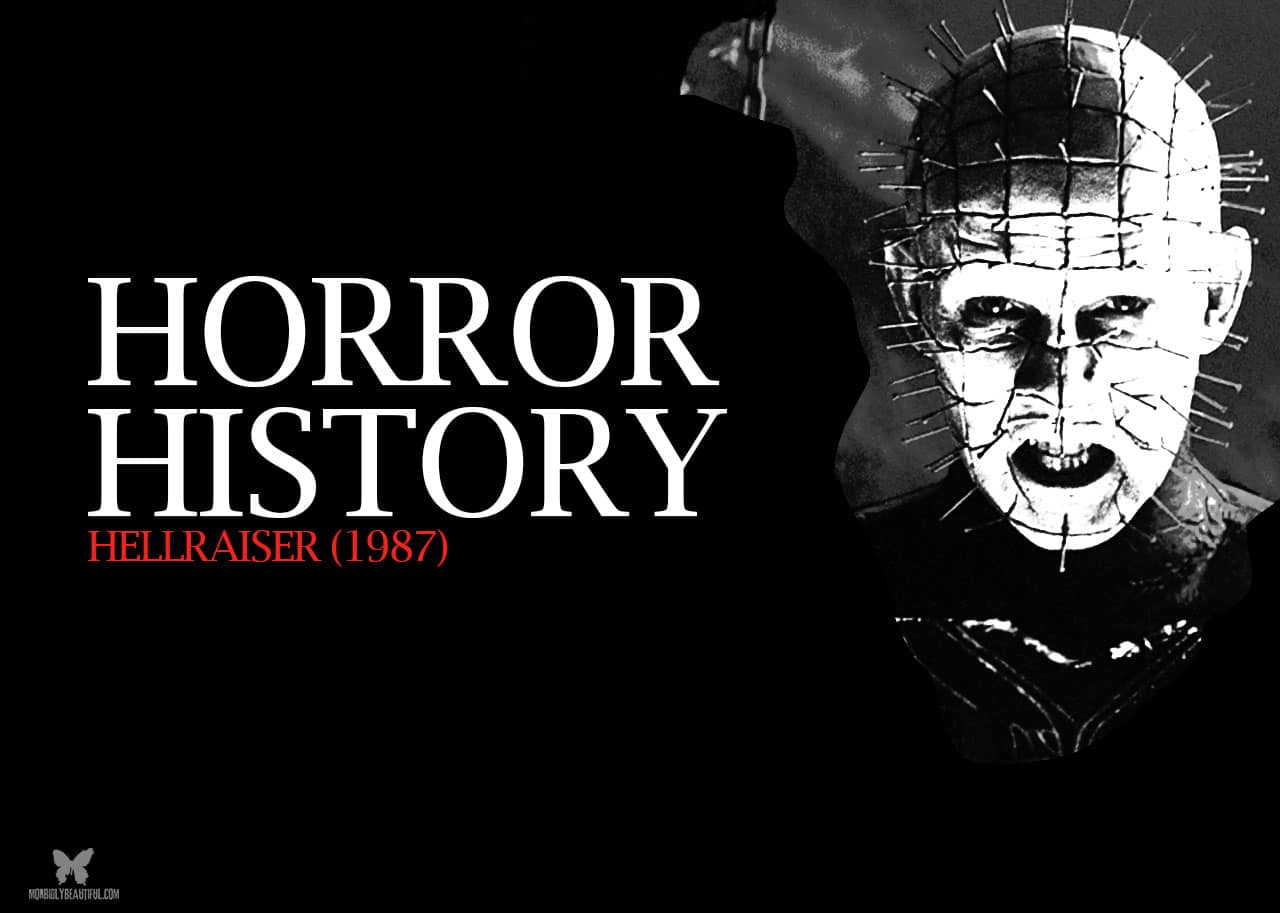
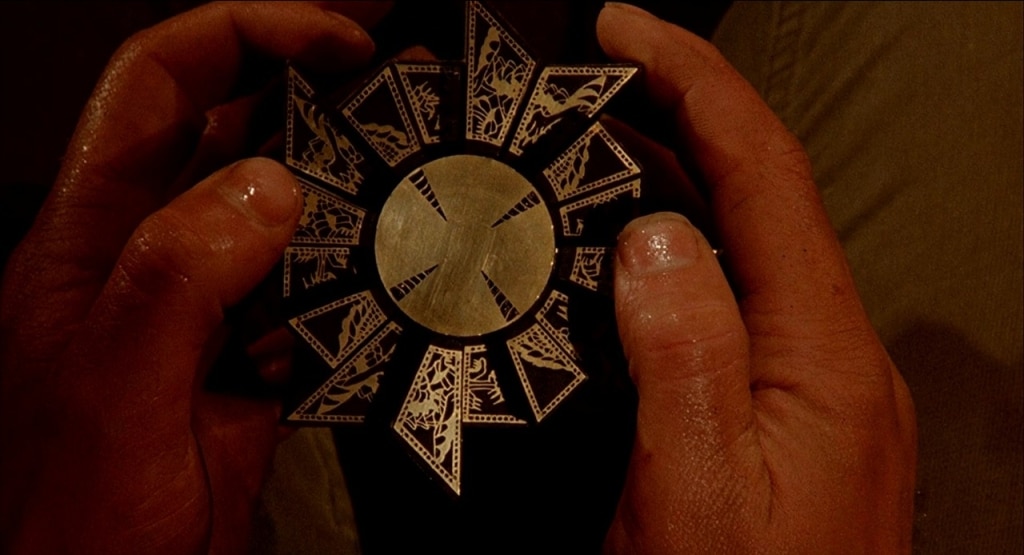
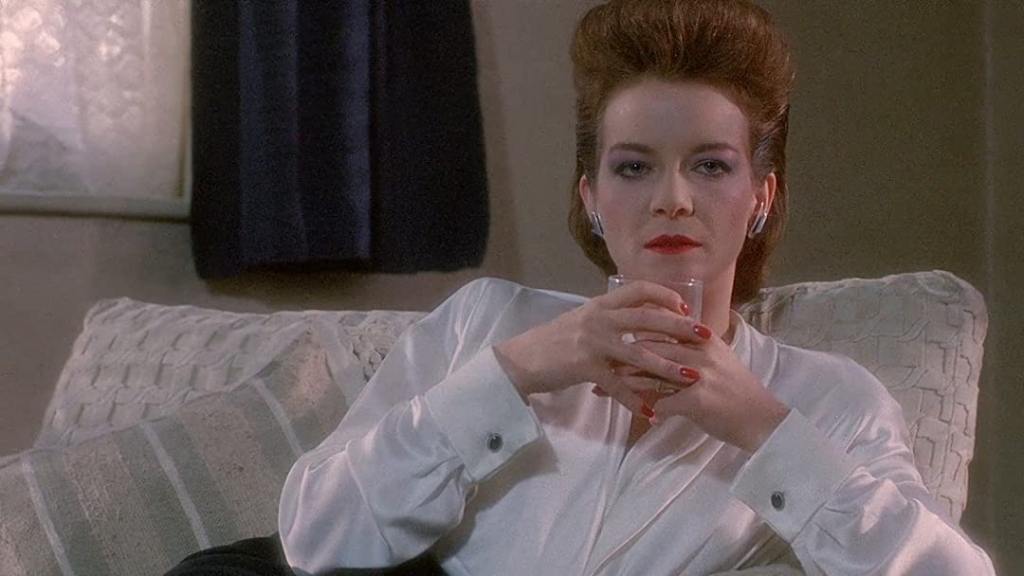
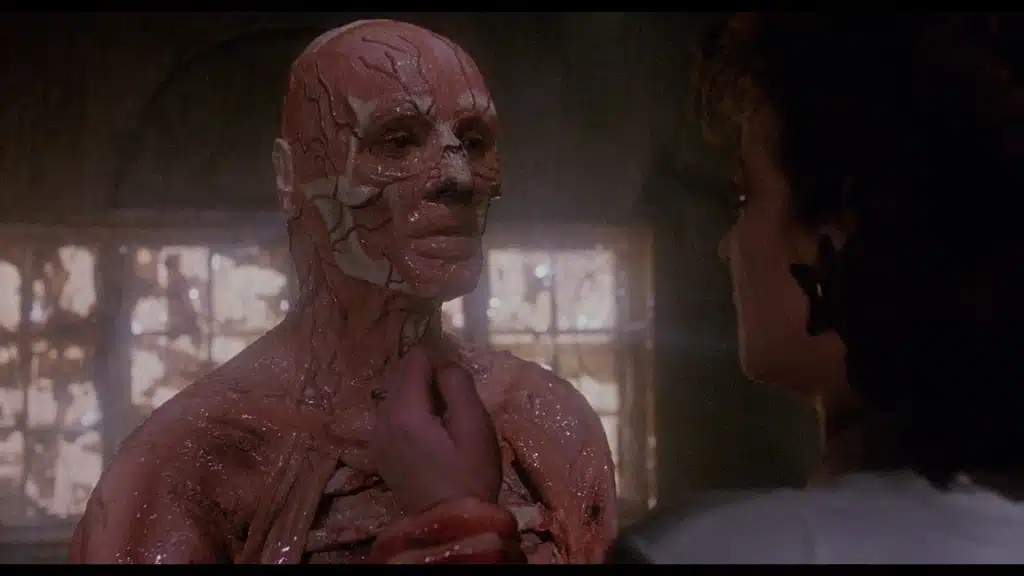
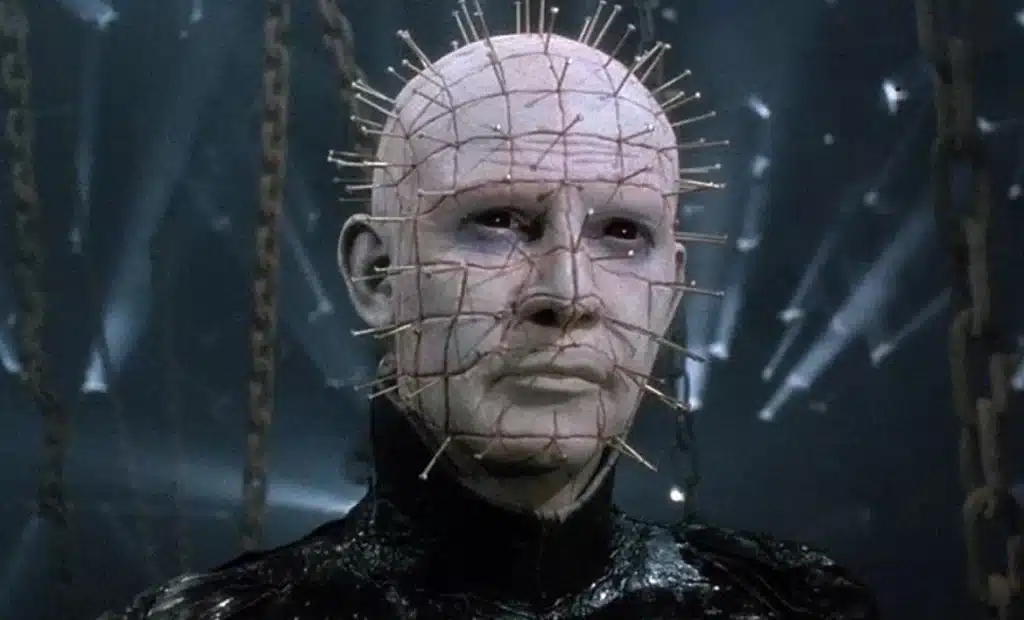
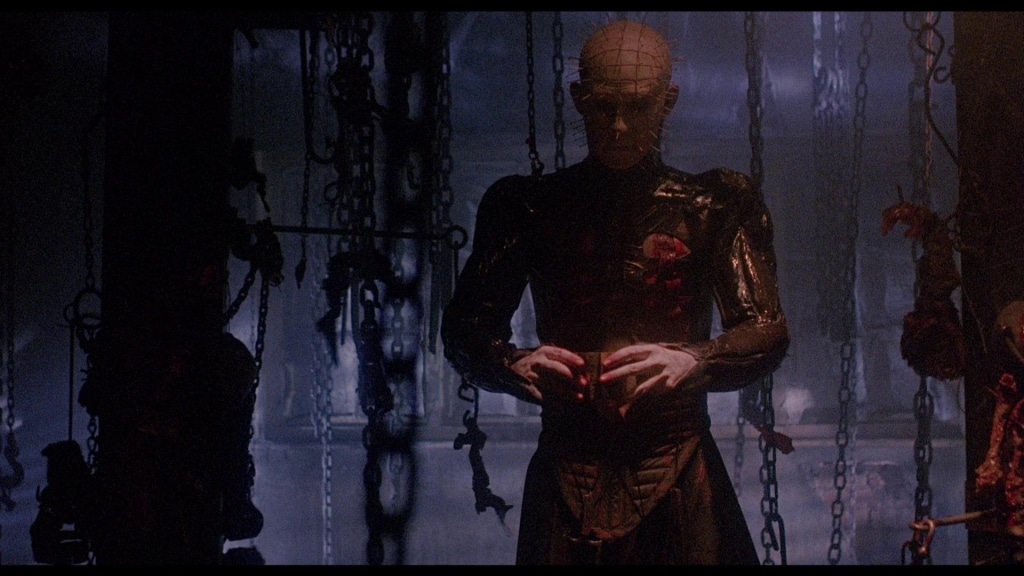
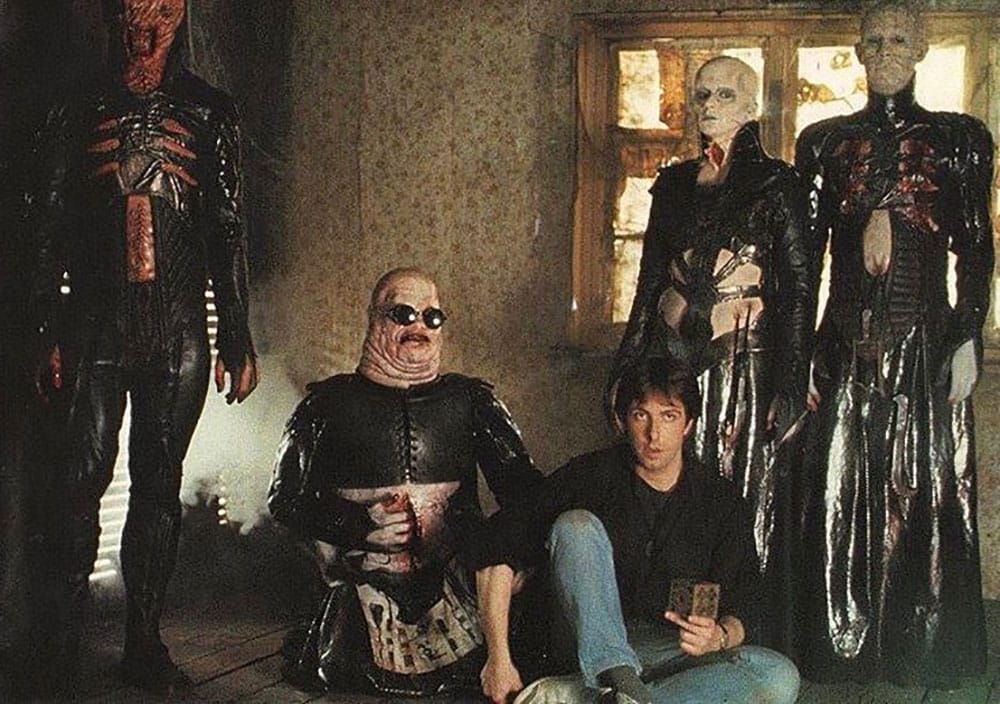
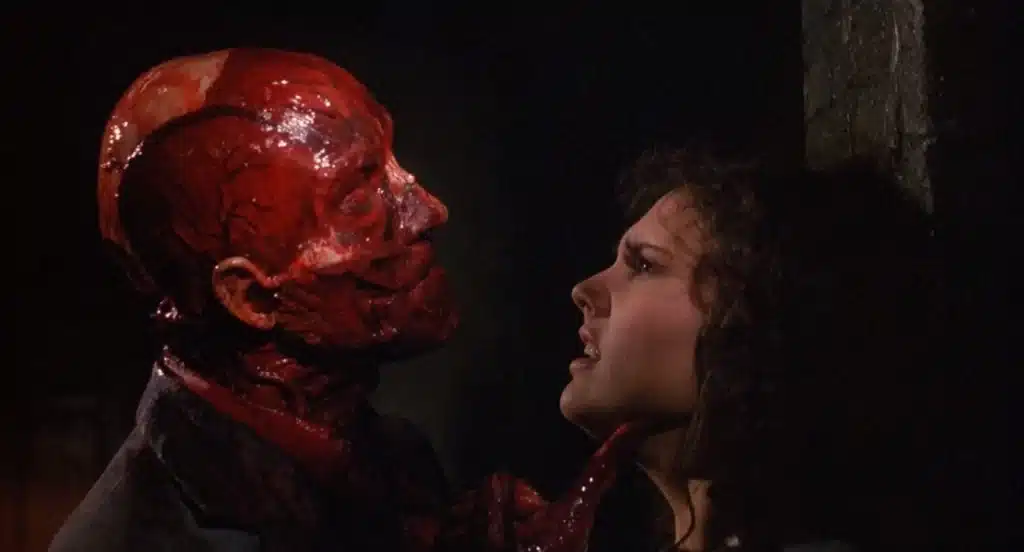

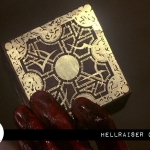










Follow Us!